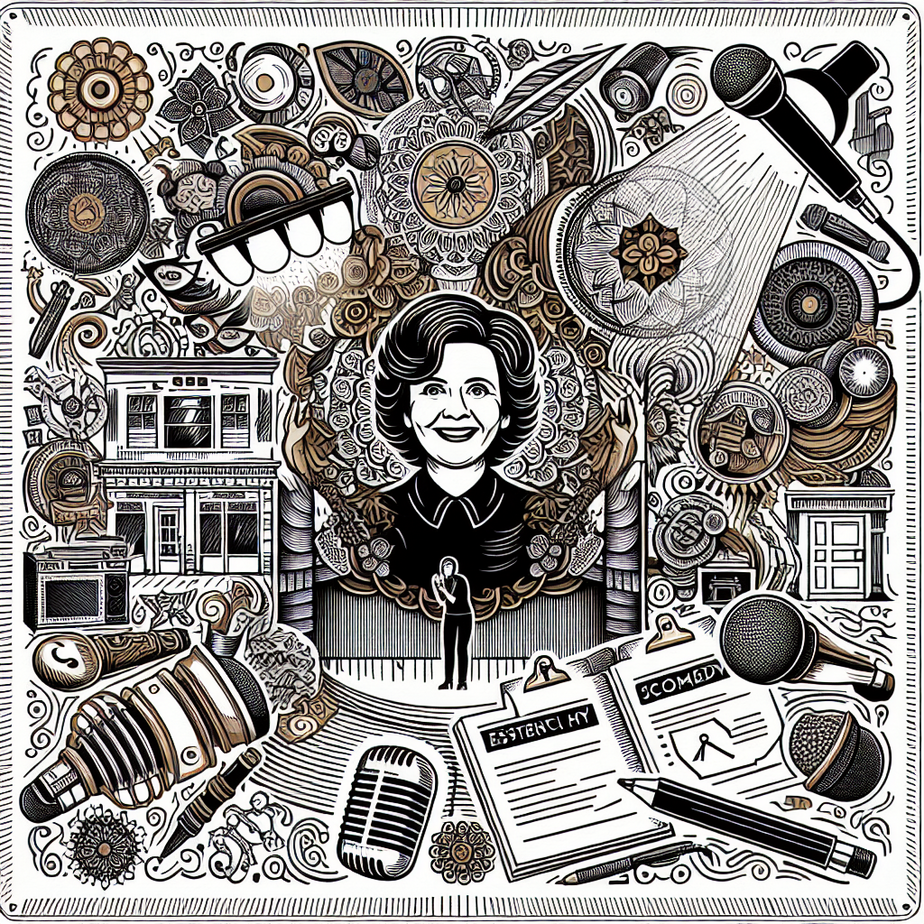James Gunn, widely recognized for his innovative storytelling, has once more stirred excitement within the DC fanbase. Recently, Gunn clarified Batman’s timeline in the newly envisioned DC Universe, causing waves that extend well beyond the typical superhero lore. This revelation isn’t merely about when Batman may have started his crusade against crime, but it also signals potentially grim news for one of Gotham’s infamous figures: Rupert Thorne.
The clarification emerged in response to discussions triggered by the events in the animated series, Creature Commandos. This series, while seemingly tangential, draws lines directly to Batman’s own timeline. Gunn’s intervention establishes a timeline where the Dark Knight’s existence is only beginning to loom in Gotham City. For many fans, this holds particular significance because it suggests the introduction or reevaluated presence of many iconic villains might be deferred or altered—Rupert Thorne, the notorious mob boss, is among those who might be most affected by this shift.
Rupert Thorne has been a staple figure in Gotham’s shadowy underbelly, representing a breed of villain that thrives not simply through superpowers, but through cunning, manipulation, and brute influence. He symbolizes the corruption and organized crime that Batman often seeks to uproot as much as he does the masked, super-powered adversaries. With Batman’s formative years set in a timeline suggesting he is yet to make his mark, it implies Thorne’s potential role in these stories could either be absent or presented in a vastly different light.
In this fresh take on the DC Universe, Gunn and his team have the opportunity to either downplay Thorne’s influence or reinvent it entirely. Given Thorne’s significant role in past Batman narratives, such a decision is not trivial. It raises questions about the broader palette of villains and the dynamics of criminal power structures within Gotham. Fans might feel a pang of nostalgia for Thorne’s classic capers, yet Gunn’s decision may also pave the way for new storytelling directions that could deepen the complexity of Gotham’s crime scene.
In conclusion, while Gunn’s timeline clarification might come as a letdown for some Rupert Thorne enthusiasts, it ultimately enhances the mystery and anticipation surrounding the unfolding DC Universe. It’s a delicate balancing act, honoring beloved characters while innovating within their world. As DC adapts and expands, the fans’ responses to these changes will be as pivotal as the narratives themselves, illustrating the evolving relationship between creators and their audience. Only time will tell how the legacy of Gotham’s villains will be preserved or transformed in this renewed cinematic and animated universe.




























